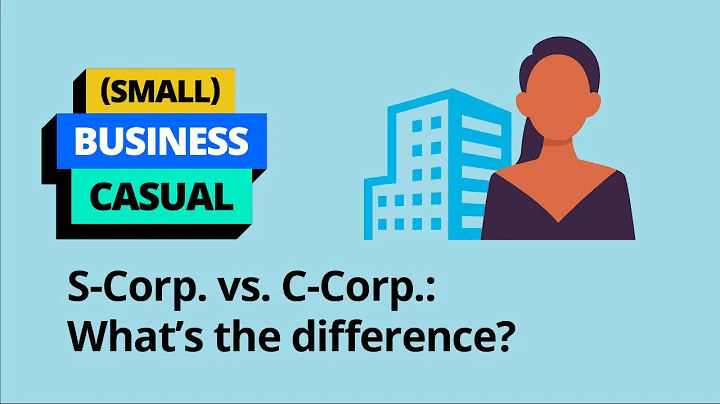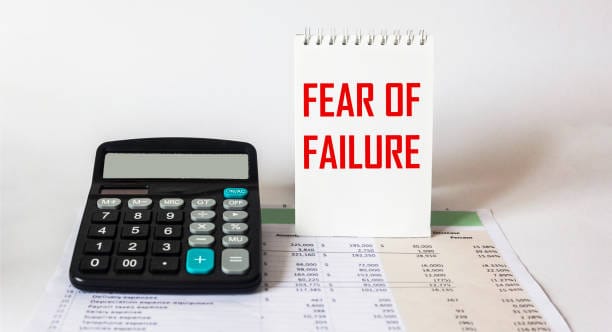C Corp vs. S Corp: The Ultimate Guide to Choosing the Best Structure for Your Business
C Corporations may be advisable for companies which want to attract significant investment, they can easily issue new stock and can have more shareholders. However, they endure double taxation and numerous complicated regulation and compliance demands.
S Corporations have some advantages such as pass-through taxation, which eliminates the issue of double taxation in accounting, and stock restrictions like number of shareholders and classes of stock.
Taking all your business requirements, necessities, and discussing with financial and legal consultants will allow you to pick the structure that will be beneficial in the future.





